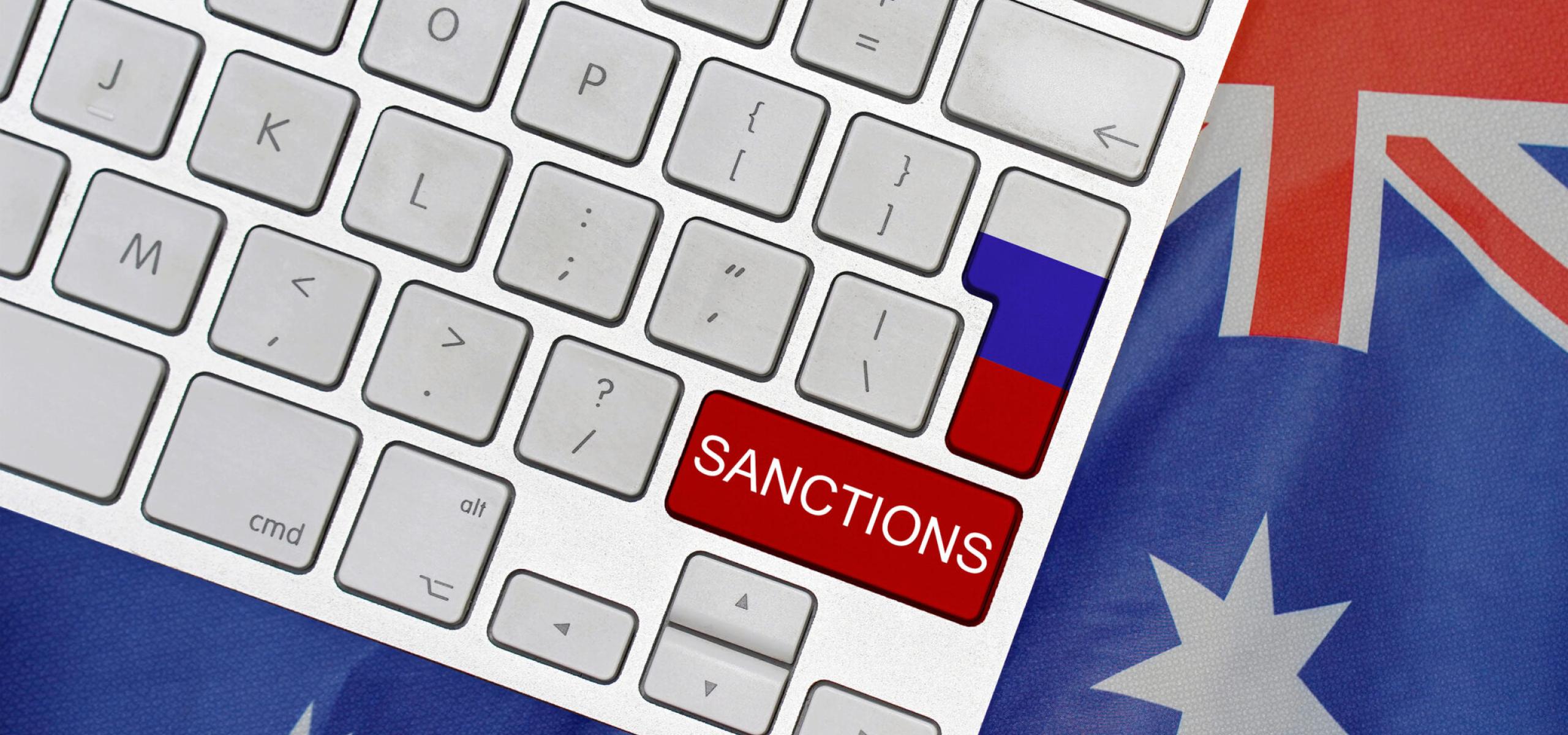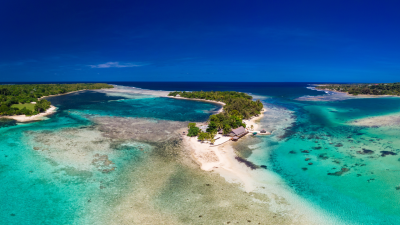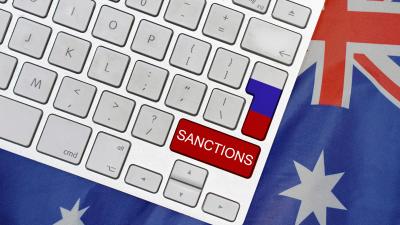Hardly a week goes by without calls for Australia to wield its sanctions powers in a more vigorous fashion. As human rights abuse mounts around the world, diaspora groups from Iran, Myanmar and China's Xinjiang province have pleaded with the Australian government to impose financial and travel restrictions on those allegedly responsible. So far, despite a recent expansion of Australia’s sanctions regime, it has been restrained in using those newly acquired authorities – to a fault, a critic might say. Why has this been the case?
Australia’s Sanctions Regime
‘Sanctions’ are an umbrella term that can mean anything from trade embargoes against foreign nations to visa cancellations. Historically, the genesis of sanctions lies in ‘comprehensive’ measures of state-on-state coercion, such as embargoes and blockades. Those were vulnerable to the objection that they produced widespread hardship while ruling elites remained insulated from their effects. In fact, as American lawyer Michael Reisman wrote of the US embargo against Haiti in the 1990s, ‘[t]he wealthy elite and the military command were waxing rich off the contraband industry the economic sanctions had spawned’.
The recognition of those unintended consequences of sanctions has resulted in the emergence of ‘targeted’, or ‘smart’, sanctions. As the term suggests, those are deployed in a more tailored manner and typically involve asset freezes and travel bans imposed against specific individuals, companies or organisations. While targeted sanctions do not give rise to the same humanitarian concerns, they too present effectiveness dilemmas. Experience suggests that likely sanctions designees are not in the habit of holding property in their own names, and meaningful sanctions enforcement is therefore no mean feat. There is also a more fundamental question at play, namely that of the objectives that sanctions are meant to pursue and, by extension, the criteria by which their effectiveness is to be judged.
Like in many other states, Australia’s sanctions comprise two categories: on the one hand, those mandated by the UN Security Council and, on the other hand, ‘autonomous’ or ‘unilateral’ sanctions. While enacting the former is a legal requirement that flows from the UN Charter, the latter are a matter within Australia’s own discretion. In December 2021, Australia’s autonomous sanctions regime, laid out in the Autonomous Sanctions Act 2011 (Cth) and Autonomous Sanctions Regulations 2011 (Cth), underwent reform, with the amendments entering into force in January 2022 but only having modest impact to date.
The substance of the changes was to expand the grounds for imposing autonomous sanctions to include proliferation of weapons of mass destruction, significant cyber incidents, serious violations or serious abuses of human rights, and serious corruption. Those ‘thematic’ sanctions regimes were introduced to bring Australia into the fold of other nations with ‘Magnitsky’ laws in place that authorise corruption- and human rights-related sanctions.
In principle, they should enable Australia to respond to, among other things, atrocities and grand corruption without enacting country-specific sanctions regimes, which tend to be the primary avenue for imposing autonomous sanctions. Country-specific and thematic regimes can lead to similar outcomes, as is evident in an instructive example from Canadian practice: in September 2017, Canada imposed sanctions on 40 Venezuelan officials in pursuance of a country-specific sanctions program under the Special Economic Measures (Venezuela) Regulations, only then to impose corruption-related sanctions against 19 Venezuelan officials under the Justice for Victims of Corrupt Foreign Officials Act two months later, notably with some overlap between the two sanctions lists. Strictly speaking, though, thematic sanctions are supposed to operate by reference to the nature of alleged misconduct, rather than its location or the alleged culprit’s nationality.
Concerns and Caveats
Up until now, only one batch of sanctions designations has been issued in Australia under the new Magnitsky authorities. It involves 39 Russian individuals involved in the maltreatment of Sergei Magnitsky, a Russian tax accountant whose death prompted the original Magnitsky Act 2012 in the US, as well as its subsequent expansion in the Global Magnitsky Act 2016. Sanctions in response to that tragic affair tend to be de rigueur for states that have enacted Magnitsky legislation. In this instance, imposed as they were after Russia’s full-scale invasion of Ukraine against the backdrop of a whole raft of other Russia-related sanctions, they came at a time when there was little left to salvage in the diplomatic ties with Russia.
Ordinarily, however, the diplomatic fallout from ‘thematic’ sanctions is a factor to be reckoned with. It has been reported that potential foreign policy ramifications weighed heavily on the ministers’ minds as the Australian government was considering the reforms to the nation’s sanctions laws. In theory, ‘thematic’ sanctions programs, predicated on individual wrongdoing, need not be as polarising as country-oriented sanctions regimes, which are by their nature directed against people from specific jurisdictions. One may also cultivate the appearance of even-handed, relatively non-politicised resort to such sanctions: for instance, the US is assiduous in ensuring that its Magnitsky designations are spread across regions, albeit with some disparities. All that said, there remains a distinct possibility that foreign powers will not look kindly upon sanctions against their citizens, let alone high-ranking public officials, for conduct such as human rights abuse or corruption.
In essence, this presents the Australian government with a political dilemma, but one that is arguably exacerbated by the design of Australia’s sanctions laws. To see why, it is helpful to recall that, in advance of the recent reforms, Parliament’s Joint Standing Committee on Foreign Affairs, Defence and Trade recommended a suite of measures that would infuse Australia’s use of sanctions with a greater degree of due process and accountability. Those included, for instance, the establishment of an advisory body that would make recommendations on sanctions to the Foreign Minister, as well as the application of the civil evidentiary standard to sanctions designations, i.e. the balance of probabilities.
The government rejected those proposals so as to preserve the maximum room for manoeuvre in formulating and implementing Australia’s sanctions policy. Thus, the Foreign Minister is entitled to resort to sanctions if he or she is ‘satisfied’ that the relevant person satisfies the listing criteria. In principle, designations are subject to judicial review, as demonstrated by the ongoing case brought in the Federal Court by the Russian businessman Alexander Abramov, not to be confused with the much wealthier Roman Abramovich of Chelsea Football Club fame. (That case relates to Russia country sanctions, rather than allegations of human rights abuse or corruption.) But, given the Foreign Minister’s broad discretion in matters of sanctions, the notional availability of judicial review may prove to be largely illusory, which is far from an unusual state of affairs.
On a certain level, these policy choices are eminently sensible. The flexibility of sanctions is their major appeal, and diluting it would come at a cost. The trade-off, however, is that the fewer constraints there are on the government’s sanctions decision-making, the more rhetorical gymnastics will be required to dodge the charge of sanctions being a continuation of politics by other means. As I have written elsewhere, ‘[i]t may prove difficult to insist on one’s unlimited licence to sanction whomever one will and for whatever reasons, and then present resulting designations as a product of impartial justice at work’.
Conclusion
This tension between humanitarian objectives and political imperatives is, in all likelihood, at the heart of Australia’s apparent reluctance to make active use of its newly acquired sanctions authorities. On the one hand, Australia has laid claim to setting up a corruption- and human rights-related sanctions regime. On the other hand, so far it has trodden softly in converting the promise of doing so into reality.
At the risk of sliding into platitudes, one must accept there is no foolproof way of managing, much less resolving, this contradiction. One way of doing so, however, might be to inject a greater degree of predictability into the use of Australia’s autonomous sanctions, for instance by setting out a range of factors, such as severity of the wrongdoing and seniority of the alleged perpetrator, that will ordinarily guide the Foreign Minister’s decision-making in this area.



